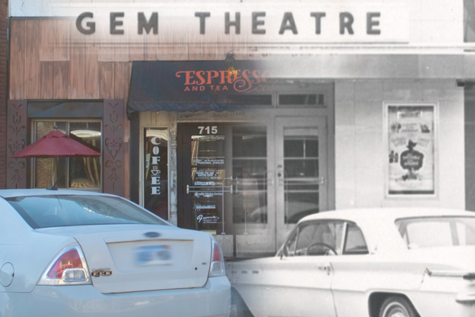Editorial: Who’s on board?
February 4, 2016
The future may have to wait. At least on Baker’s campus. The recent restrictions on hoverboards on campus did not generate as much protest as might have been expected. We on staff and much of the student body seem to weigh heavier on the side of indifferent acceptance.
As of late, these boards have grown in popularity, but so have the complaints. The negativity mainly stems from hoverboarders falling off the boards and suffering injuries or the boards being overcharged, resulting in unexpected combustion.
Riding a hoverboard is similar to riding a bike. It takes practice and balance to master the skill, and even then, there are accidents. The two-wheel mechanical device operates based on the rider’s equilibrium, so balance is key to maneuvering. That sounds an awful lot like a bike, so why not treat hoverboards like bikes?
The Student Handbook’s policy on bikes states that they should not be allowed inside campus buildings and should stay in designated storage while they are not in use. This same policy has potential when applied to hoverboards. If or when administrators reevaluate the hoverboard ban, it makes sense to treat them like bicycles.
But the problem extends beyond balancing policy. As the hoverboards are still relatively new on the market, there are a few quirks in charging capabilities that pose a powerful problem. When owners overcharge their machines, the boards become a fire hazard under certain circumstances.
Realizing the boards pose a threat to student safety, we find that until the board bugs have been worked out, it really isn’t such a bad thing to prohibit the potential problems.
Ignoring the current fire hazard of the boards, and assuming the flammable nature of the boards will be solved, there are some possible solutions, such as: designated charging and storing stations. With this policy, students could still use the boards to go to class, but upon arrival at a campus building they should carry the hoverboard and not use them in the buildings.
Some students have even proposed the idea of having the hoverboard owners sign a sort of agreement of use and register their boards. Much like students receive registration stickers for car windows, hoverboarders would receive registration to demonstrate they realize the risks involved and will take responsibility in the event of any board-related disturbances. If the students knew the rules and expectations from the university about their hoverboards, maybe they would be more cautious in future hoverboarding.
Many students who have taken issue with the hoverboards find them to be annoying and distracting. When students are studying in the library, it can be quite vexing when a person is riding a board, with headlights, in circles back and forth right outside the windows.
In time, maybe a solution will arise to the overcharging and exploding problem, lessening the safety hazards surrounding these boards. If that day comes, it might be worth re-evaluating the new hoverboard restrictions. Once they are safe, the boards can be treated and classified like other modes of quick transportation on campus.
If, or when, administrators decide to revisit this issue, we think they will lighten the ban, but they should be sure to detail what forms of hoverboard use are acceptable and when, and require rider registration that ensures student awareness of the dangers that can come with these machines. Safety should always come first. Besides, with such a small campus, is it that big of a chore to walk and enjoy the scenery?













